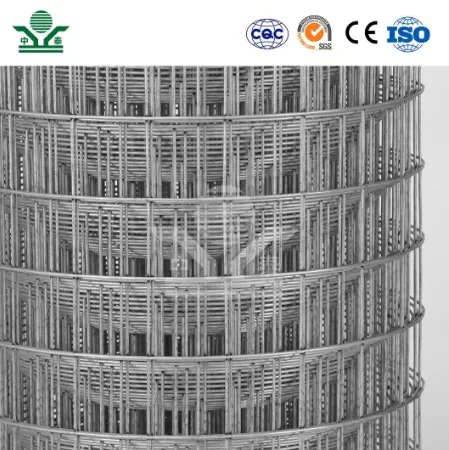Understanding Drain Board Construction A Comprehensive Guide
Drain boards are an essential component in effective water management systems, particularly in construction and landscaping projects. Their primary function is to facilitate the efficient drainage of water, preventing accumulation and potential damage to structures. This article delves into the various aspects of drain board construction, including its purpose, materials, installation methods, and maintenance.
Purpose of Drain Boards
Drain boards are designed to manage excess moisture in various environments, such as roofs, sidewalks, and landscaped areas. By directing water away from critical structures, drain boards help prevent issues like flooding, water pooling, and erosion. They are particularly important in areas with heavy rainfall or poor drainage systems, where water can easily accumulate and compromise the integrity of buildings and landscapes.
Materials Used in Drain Board Construction
When it comes to constructing drain boards, various materials can be utilized, each offering specific advantages
1. Plastic A common choice for drain boards, plastic (often made from high-density polyethylene) is lightweight, durable, and resistant to corrosion. Its water-resistant properties make it an ideal choice for long-term use in wet conditions.
2. Geotextiles These synthetic fabrics are commonly used in conjunction with drain boards. They allow water to pass through while blocking soil and sediment, enhancing drainage efficiency and reducing the risk of clogging.
3. Concrete For more permanent solutions, concrete drain boards provide exceptional durability and can support heavy loads. However, they require more effort to install and may not be suitable for all applications.
4. Rubber Often used in smaller applications or as part of a larger drainage system, rubber drain boards are flexible and can be molded to fit various designs.
Installation Methods
drain board construction

Proper installation is crucial for the effectiveness of drain boards. The following steps outline a typical installation process
1. Site Preparation Begin by assessing the site where the drain board will be installed. Clear any debris, vegetation, or obstacles that might hinder drainage.
2. Excavation Dig a trench that will accommodate the drain board. Ensure that the trench has a slight slope to promote water flow. The depth and width of the trench will depend on the specific drain board being used.
3. Placement of Geotextiles If using geotextiles, lay them at the bottom of the trench, allowing for some overlap at the edges. This will help prevent soil infiltration into the drain board.
4. Laying the Drain Board Position the drain board carefully in the trench. Ensure that the drainage holes are oriented correctly to facilitate water flow away from the structure.
5. Backfilling Once the drain board is in place, backfill the trench with gravel or other suitable materials. This will support the drain board, enhance drainage, and filter sediments.
6. Finalizing the Installation Cover the backfilled area with another layer of geotextile, then finish it with soil or landscaping materials, ensuring a natural appearance.
Maintenance of Drain Boards
While drain boards are designed to require minimal maintenance, regular checks are crucial to ensure they function effectively. Inspect the drainage areas for signs of clogging or sediment buildup and remove any obstructive material promptly. Seasonal maintenance, such as cleaning and clearing debris, is also recommended to prolong the lifespan of the drain boards.
Conclusion
The construction of drain boards plays a crucial role in modern water management systems. Understanding their purpose, materials, installation processes, and maintenance requirements can dramatically improve their effectiveness and longevity. Whether you're a homeowner looking to improve your landscape drainage or a builder incorporating these systems into a new project, investing time and resources into proper drain board construction will pay off in the long run, safeguarding your investments from the detrimental effects of water accumulation.
-
Why Galvanized Trench Cover Steel Grating Resists Corrosion
NewsJul.10,2025
-
The Versatility and Strength of Stainless Expanded Metal Mesh
NewsJul.10,2025
-
Load Calculations in Steel Grating Platforms
NewsJul.10,2025
-
Keeping Pets and Kids Safe with Chicken Wire Deck Railing
NewsJul.10,2025
-
Hole Diameter and Pitch for Round Perforated Metal Sheets
NewsJul.10,2025
-
Aluminium Diamond Mesh in Modern Architecture
NewsJul.10,2025
Subscribe now!
Stay up to date with the latest on Fry Steeland industry news.

